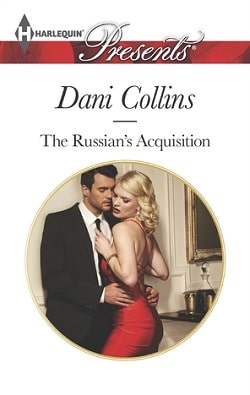“It helps if you aim the bloody thing first.”
Sarah slipped the weapon into her handbag as Christopher and Gabriel climbed out of the car and started across Van Baerlestraat. Once again, Christopher timed the walk. Ninety-two seconds. At the entrance of the museum, he gave Gabriel the second ticket he had purchased earlier that morning.
“Steal me something nice while you’re in there.”
“I intend to,” said Gabriel, and went inside.
After passing unmolested through the magnetometer, he climbed the stairs to the Arles exhibition room. Eight masked patrons waited in a Covid-safe queue in front ofSunflowers. Another half dozen were contemplating the room’s other iconic works. Not one appeared to be the fugitive Russian journalist wanted for questioning in connection with the murder of Viktor Orlov.
Gabriel searched the Paris and Saint-Rémy rooms, but saw no sign of her there, either. Returning to the Arles room, he joined the queue forSunflowers. He checked the time on his phone:1:52...Suddenly, he felt a twinge in his lower back. It was nothing, he assured himself. Only the empty spot where his gun should be.
11
Van Gogh Museum, Amsterdam
Dakota Maxwell, twenty-four years old, a recent graduate of a small but highly regarded liberal arts college in New England, had come to Amsterdam for love and stayed for the weed. Her parents, who lived grandly on the Upper East Side of Manhattan, had been pleading with her to come home, but Dakota was determined to remain abroad, like the characters in her favorite Fitzgerald novel. An aspiring writer, she hoped to find a suitable lodging where she might begin work on her first manuscript, which had a title but no plot and only the first stirrings of a story. At present, she was a resident of the Tiny Dancer, a hostel located in the Red Light District. Her room had six beds, three to a stack. On any given night they were filled with an interchangeable cast of twentysomethings whose alcohol-and-cannabis-induced musings filled several of Dakota’s notebooks.
The woman who arrived late Wednesday evening was different. Older, professionally attired, sober. Over coffee the following morning, she told Dakota that her name was Renata, that she was Polish, and that she lived in London. Her unemployed husband, a plumber, had threatened to kill her in a drunken rage. She was staying at the Tiny Dancer because it accepted cash and he had canceled her credit cards. She asked Dakota to change the color of her blond-brown hair. In the hostel’s communal bathroom, with supplies purchased from the pharmacy across the street, Dakota dyed the woman’s hair the same color as hers, black with streaks of royal blue. It looked better on the Polish woman. She had cheekbones to die for.
With the exception of a single trip to Vodafone, where she purchased a new burner device, the woman remained locked away at the Tiny Dancer. But at eleven o’clock on Saturday morning, she had awakened Dakota and quite unexpectedly asked whether she would like to visit the Van Gogh Museum. Dakota, who was hungover and still a little stoned, declined. She relented, however, when the woman explained the real reason why she wanted Dakota’s company.
Renata wasn’t Polish, didn’t live in London, and had never been married. Her name was Nina and she was a Russian investigative journalist who was hiding from the Kremlin. A man would be waiting in front of the museum’s most famous painting at two p.m. to take her into protective custody. He was a friend of a friend. Nina wanted Dakota to make contact with this man on her behalf.
“Will I be in danger?”
“No, Dakota. I’m the one they want to kill.”
“What’s his name?”
“It’s not important.”
“What does he look like?”
Nina showed Dakota a photograph on her Vodafone.
“But how will I recognize him with a mask?”
“His eyes,” said Nina.
Which explained why, at 1:58 p.m. on the first day of August, Dakota Maxwell, an aspiring novelist living in self-imposed exile in Amsterdam, was contemplating a self-portrait of Vincent in the Paris room of the Van Gogh Museum. At the stroke of two, she moved into the Arles room, where four patrons waited in an orderly, Covid-safe queue in front ofSunflowers. The man standing directly before the canvas was of medium height and build, hardly the superhero type. His hair was short and dark and very gray at the temples. His right hand rested thoughtfully against his chin. His head was tilted slightly to one side.
Dakota sidestepped the queue, eliciting multilingual murmurs of protest from the other patrons, and joined the man in front of the canvas. He glared at her with the greenest eyes she had ever seen. There was no mistaking him for anyone else.
“You have to wait your turn like everyone else,” he scolded her in French.
“I didn’t come here to see the painting,” she replied in the same language.
“Who are you?”
“I’m a friend of—”
“Where is she?” he asked, cutting her off.
“Le Tambourin.”
“Has she changed her appearance?”
“A little,” answered Dakota.















